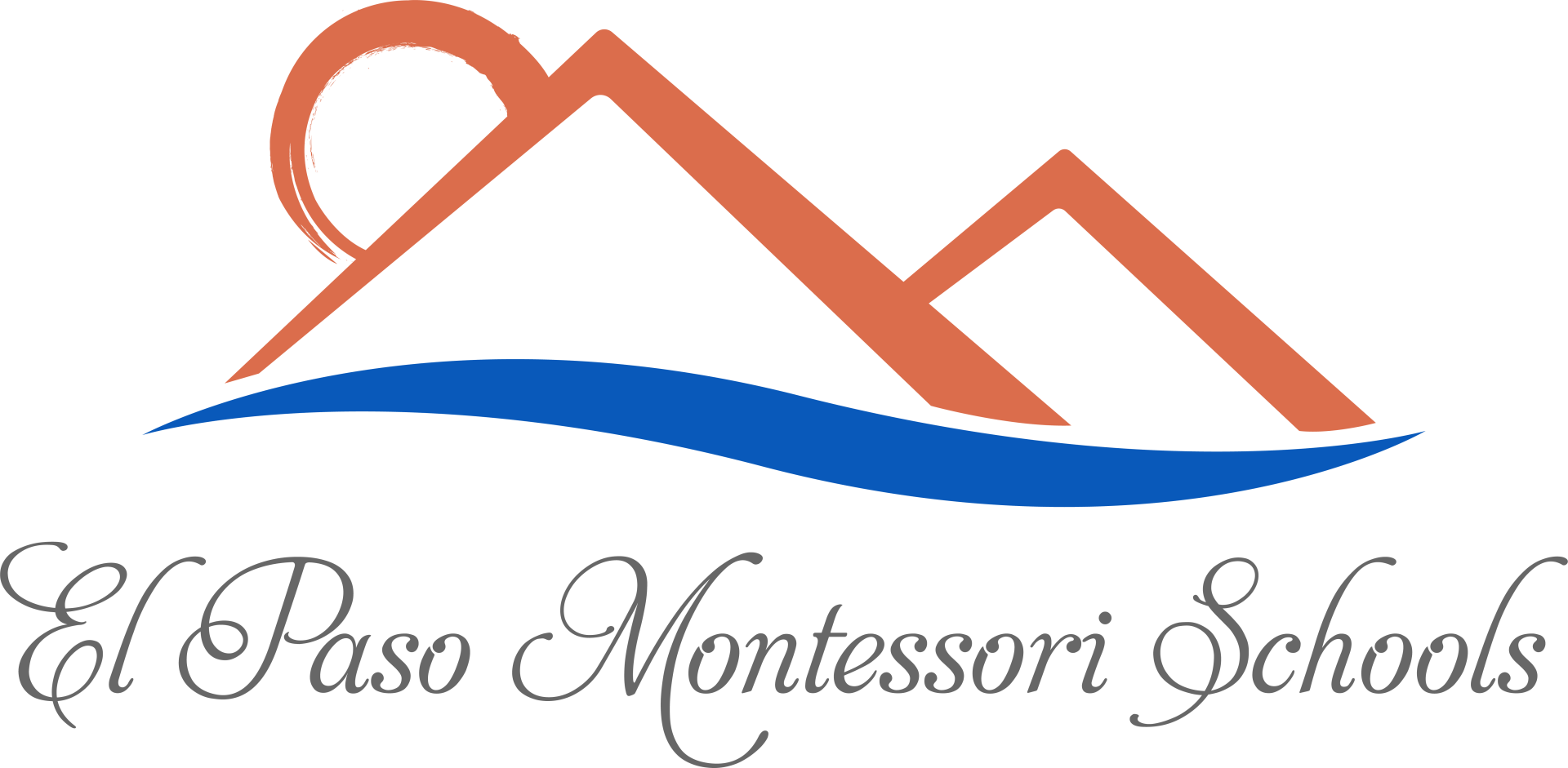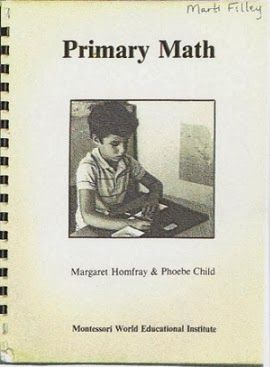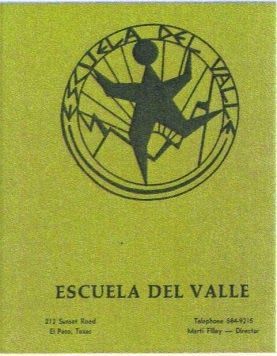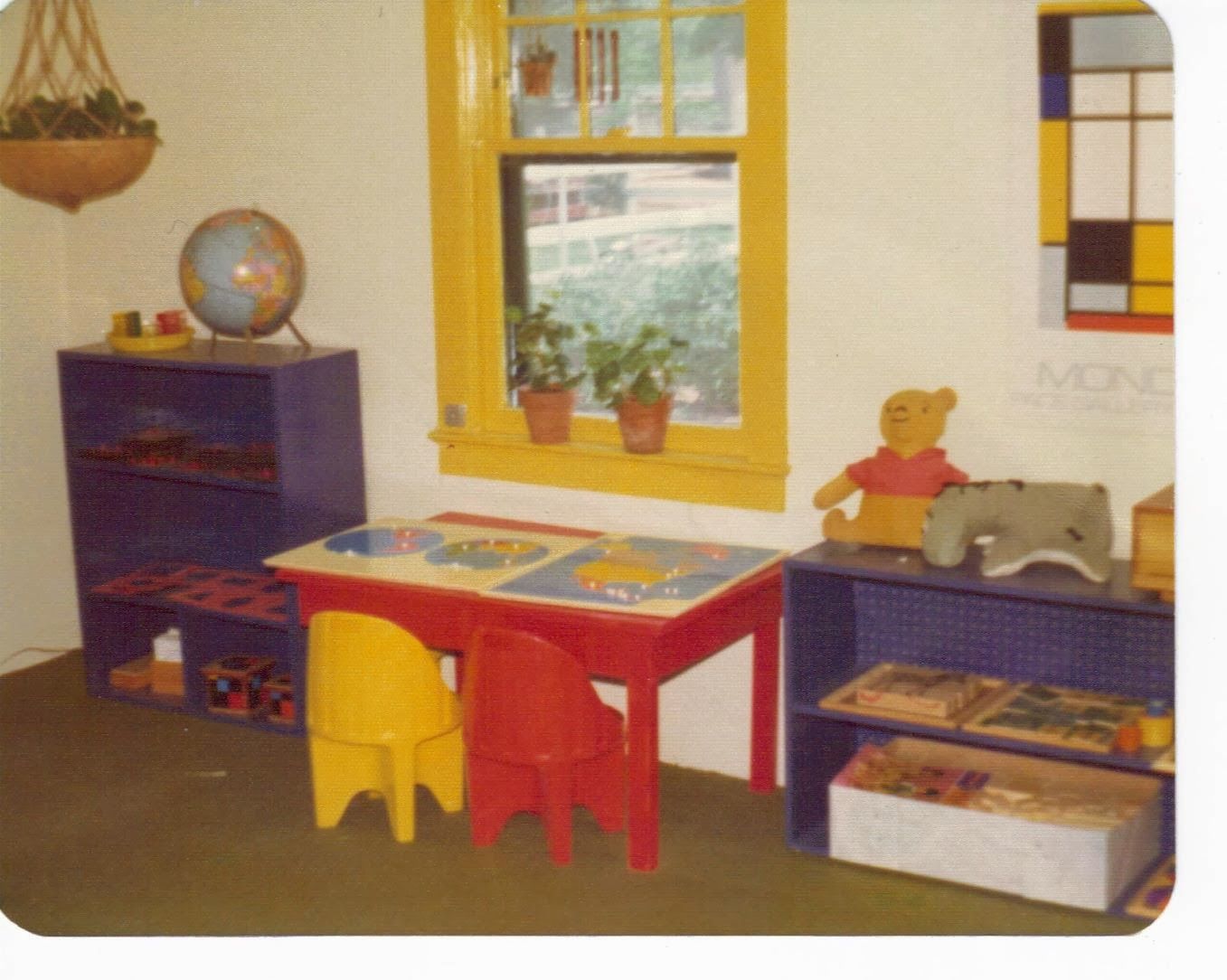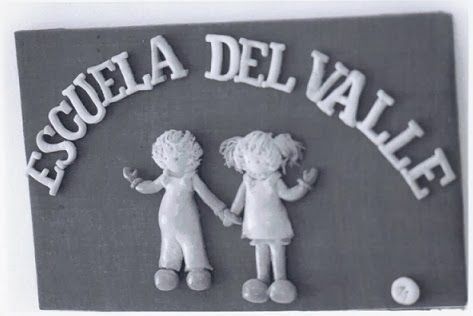The Journey Begins by Marti Filley
In 1973 I was a first grade teacher at a private school in central El Paso, and the busy mother of two young children. I loved my work and my kids, but at times it was overwhelming to try to keep up with it all. I started dreaming of doing something creative that would give me more time with my two boys and still allow me to pursue my love of teaching.
One day I received a call from my college roommate (also a teacher), who excitedly started telling me that she had found the answer for early childhood education. She had been introduced to the Montessori Method by another friend, and had already researched everything she could find out about this new idea that was sweeping the country at that time. Her enthusiasm was contagious, and before long I had done my own research and made the decision to get my Montessori training and open my own Montessori school.
It was a huge undertaking, but almost seemed pre-ordained because of several fortuitous facts that soon became evident. First, at that time there were no Montessori schools in El Paso, and many parents who had learned about the value of Montessori education were sending their children to a Montessori school in Juarez. They were so committed that each morning they put their children in vans that drove them across the border to go to school. When I was able to talk with some of them, they were very excited that I was starting a Montessori school on this side of the border. Some of those children became my first students.
Also, the previous year my husband and I had bought a home on an acre in the Upper Valley. At the time, we had no plans for the land other than to give our children lots of space to run and play in a healthy, beautiful country environment. We planned to have horses in the pasture and chickens in the barnyard. Little did we know in 1972 that the land we bought on Sunset Road would not only eventually grow horses and chickens as well as sheep, goats, rabbits, and guinea hens, but would also be a place where children, including my own, would continue to flourish for forty years. We took our original name, Escuela Montessori del Valle, from our unique location in the upper valley of the Rio Grande.
We were also very fortunate that there was an existing “mother-in-law apartment” on our property which, after much renovation, eventually became our first classroom. That original building continues to be utilized as our Toddler Classroom.
The final ingredient that enabled me to take on the challenge of starting a school from scratch, was the support and help of my husband who really had more entrepreneurial skills than I did. His encouragement and support made it all possible. We were a great team (most of the time) as we worked together for almost a year to get everything ready to open our doors in early 1974.
Over a period of several months, I resigned from my teaching position, went to Dallas to get my Montessori training, took out a $4,000 loan at El Paso National Bank, and ordered the special Montessori materials from Holland, the only place they were available at that time. We spent weekends cleaning, painting, making child-sized furniture, and shopping at garage sales for practical life materials. It was an exhilarating, exhausting, and rewarding time!
At the same time, I was trying to market the school by talking to as many people as I could. It was a lucky day for me when I met with Vita Mora Loewenstein. She was so enthusiastic about my plans for the school that she promptly enrolled her oldest child, Mary Alice, as my first official student. Vita became a cheerleader for the fledgling school, and brought many of her friends who also enrolled. By the time we officially opened on March 15, 1974, we had fifteen children! Despite the risk and hard work, my dream had come true.
People often ask me what it is like to live and work at the same place, and I always tell them that it has its pros and cons. But recently, one of my teachers told me something that really touched my heart. She said that she admires my life, because I have been able to raise my children and also work in the same place, one that is dedicated to children and families. As I have reflected while writing this blog, I realized that she was right. While it has been a non-traditional lifestyle for me and my family, it has provided many blessings and unique opportunities. I have so much gratitude for every child and family that has attended this school, and for everything that it has given me and my family.
People often ask me what it is like to live and work at the same place, and I always tell them that it has its pros and cons. But recently, one of my teachers told me something that really touched my heart. She said that she admires my life, because I have been able to raise my children and also work in the same place, one that is dedicated to children and families. As I have reflected while writing this blog, I realized that she was right. While it has been a non-traditional lifestyle for me and my family, it has provided many blessings and unique opportunities. I have so much gratitude for every child and family that has attended this school, and for everything that it has given me and my family.
You might also like
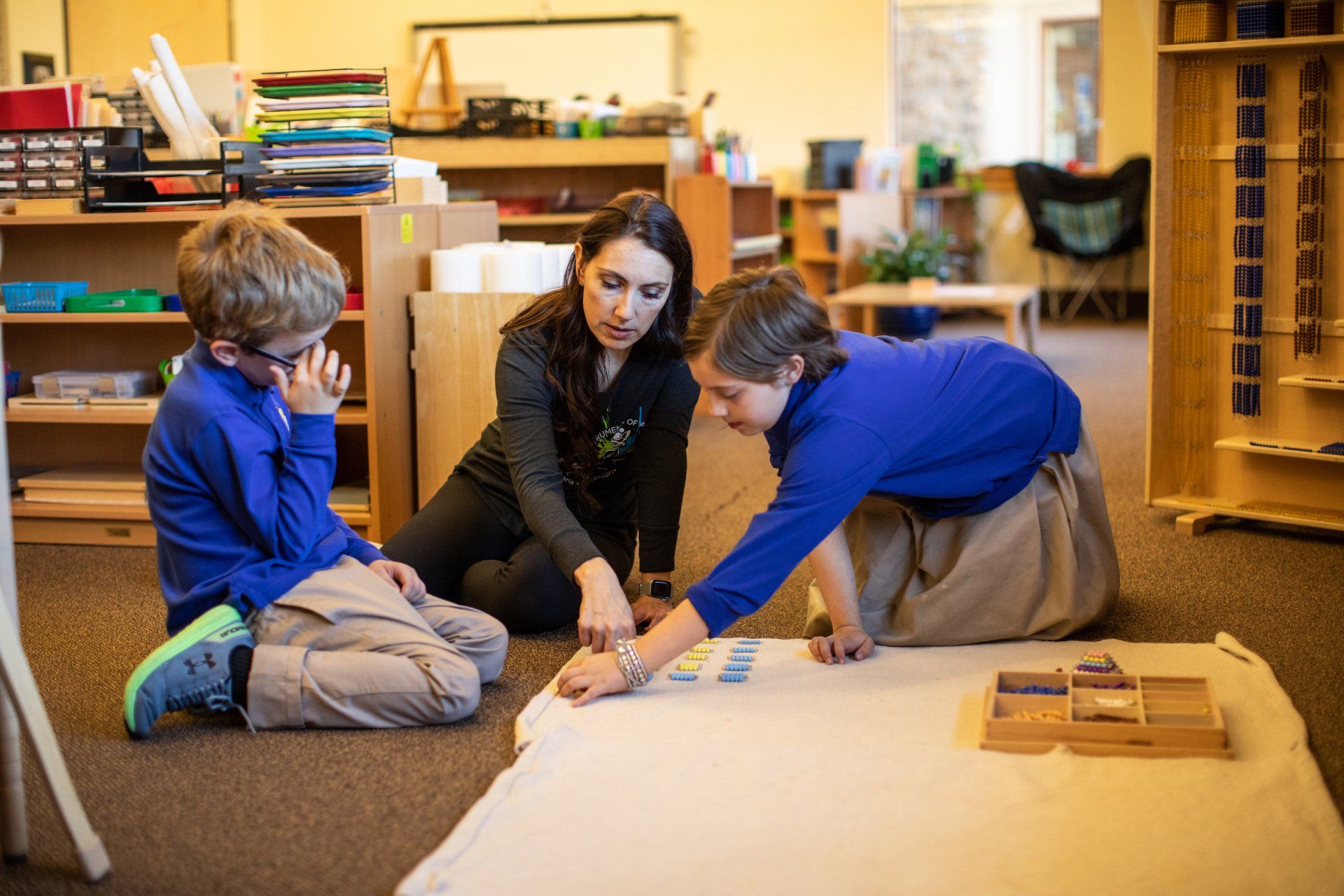
December 13, 2020
Sometimes it’s easiest to begin by explaining what a Montessori teacher isn’t. A Montessori teacher is less like the traditional idea of an instructor, and more like a gentle guide. They don’t consider it their job to give a child information. They rather lead children in the general direction and give them the tools they need to find the information themselves. Maria Montessori once said, “The greatest sign of success for a teacher...is to be able to say, ‘The children are now working as if I did not exist.’” Montessori Teachers Cultivate Independence In a Montessori classroom, rather than seeing a teacher at the front of the classroom giving the same lesson to every child, the teacher will be working quietly with individual children or small groups. While that is happening the rest of the children are free to spend their time doing the work that calls to them. A Montessori teacher works hard to create structures that allow children to be independent and to trust themselves as learners. One large part of what a Montessori teacher does is to intentionally prepare a classroom environment that is developmentally appropriate, is inviting to children, and supports them on their journey to work independently. This environment is constantly changing in tiny ways as the teacher notices new and evolving needs of the students. Montessori Teachers are Trained to Think Like Scientists Parents should know that Montessori teachers are highly trained. Most have recognized Montessori credentials in addition to their college degrees. Montessori certification programs are intensive and demanding; one might compare them as being the equivalent of another college degree. These training programs don’t just teach Montessori educators how to use the specialized materials; there is extensive coursework about Montessori philosophy, child development, and integrating the arts. When it comes to assessments, Montessori teachers don’t rely on standardized tests; they rely on the power of observation. They have notebooks brimming with evidence of what their students have mastered, need more support with, and are curious about. They are constantly recording what they notice children working on, how that work is being executed, and ideas they might have in anticipation of a child’s next steps. Montessori teachers literally sit beside a child and determine exactly what they know about a wide range of content areas. Montessori Teachers Think Long-Term Because of Montessori’s three-year cycles, teachers have the unique ability to consider their big picture when working with students. There is a natural tendency to allow the children to genuinely learn at their own pace. Getting to know a child and their family well over the course of a few years really supports this approach. Montessori Teachers are Often Called ‘Guides’ ...and for good reason. While children in Montessori classrooms have an abundance of choice in their educational pursuits, Montessori is based on the idea of ‘freedom within limits’. It’s the Montessori teacher’s job to carefully craft those limits. Children rely on having a certain amount of structure in place. This gives them comfort and a safe place in which they can take risks and try new things. Montessori teachers set some boundaries and then carefully help students navigate within them. What if your second grader loves to read but tends to avoid math? Their Montessori teacher will find ways to ensure the math still gets done. Sometimes this involves a gentle discussion with a child about time management skills, priorities, or setting goals. Sometimes the teacher will find a way to integrate the child’s interests into the less desirable work. Sometimes all it takes is a minor change in the environment. Montessori teachers gives children freedom, but they assist children in finding their way to success in this environment. Montessori teachers value independence, self-reliance, and intrinsic motivation. They also value cooperation, kindness, and strength in community. Still curious? Call us to set up an appointment today to observe in a classroom. See what Montessori is really all about.
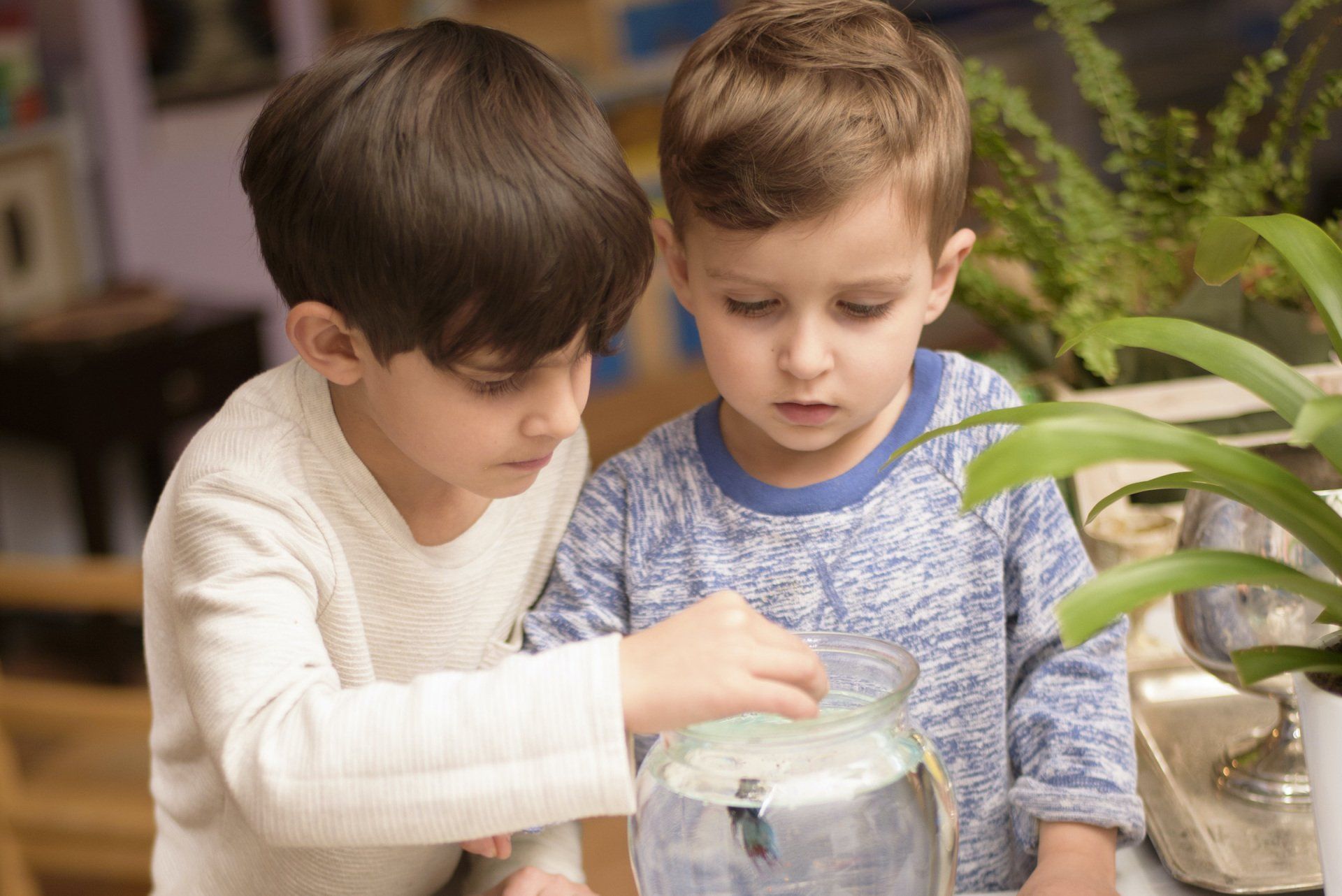
By Nido Marketing
•
December 13, 2020
Infants and toddlers may be together or separate, with a toddler classroom serving children 18 months to three years. Primary classrooms are for children ages 3-6, with preschool and kindergarten-aged children together. The elementary years serve children ages 6-12; some schools separate into lower (6-9) and upper (9-12) elementary, while many split elementary into two groups. Even Montessori middle- and high-school students learn in multi-age classrooms. While Montessori is not the only type of education that utilizes this approach, it’s not what most people are used to. What are the benefits of structuring a classroom this way? Read on to learn more... Learning at an Individual Pace Children in multi-age classrooms tend to have a little more flexibility when it comes to mastering skills within a specific timeframe. We know that learning is not linear, and that learners have periods of significant growth, plateaus, and even the occasional regression. In multi-age classrooms, children are typically able to work at their own pace without the added pressure of keeping up with the whole group, or even being held back by the whole group. When children in a classroom range in ages, everyone has someone they can work with, regardless of their skill level. Children don’t feel left behind if they struggle with a concept, and they also don’t feel bored by repetition of something they have already mastered. Teachers who teach in multi-age classrooms typically have deep knowledge for a range of developmental abilities, leaving them well-equipped to differentiate instruction for each individual child. Building Stronger Relationships Traditionally children move from one class to the next each year. This means not only a new set of academic expectations, different routines, and different classroom structures, but a different teacher. In multi-age classrooms teachers have a longer period of time to get to know a student and their family, and vice versa. When teachers really get to know a student, they are able to tailor instruction in regards to both content and delivery. They know how to hook a specific child onto a topic or into a lesson. They know what kind of environment a child needs to feel successful. Parents have an opportunity to get to know teachers better this way, too. If your child has the same teacher for two or three years, the lines of communication are strengthened. Parents get to know the teacher’s style and expectations. The home to school connection becomes more seamless, and the biggest beneficiary is the child. Mentors and Leaders When a child spends multiple years in the same class they are afforded two very special opportunities. Children who are new to the class are fortunate enough to be surrounded by helpful peer mentors. Children often learn best from one another, and they seek to do so naturally. First and second year students watch as the older children enjoy advanced, challenging work, and this inspires them. They look to the older children for guidance, and the older children are happy to provide it. After a year or two in the same room, students have a chance to practice leadership skills. In Montessori classrooms, the older children are often seen giving lessons, helping to clean up spills, or reaching out a comforting hand to their younger friends. The best part is kids make the transition from observer to leader in their own time. It doesn’t happen for all children at the same time, but when it does it’s pretty magical to observe. Mirroring Real-Life There is no other area in life in which people are split into groups with others who are exactly their chronological age. Whether in the family, the workforce or elsewhere, people ultimately need to coexist with people older and younger than themselves. Doing so makes for a more enriching environment, replete with a variety of ideas and skills. Why not start the experience with young children in school? Moving On While staying in the same class for multiple school years has many benefits, a child will eventually transition into a new class. While this can feel bittersweet (for everyone involved!) children are typically ready when it is time. The Montessori approach is always considering what is most supportive of children depending on their development. When formulating how to divide children into groupings, Maria Montessori relied on her ideas about the Planes of Development. There are very distinctive growth milestones children tend to reach at about age 3, another set around age 6, and yet another at age 12. The groupings in our schools are intentional, and they give kids a chance to feel comfortable in their community, while also preparing them to soar forward when the time is right.
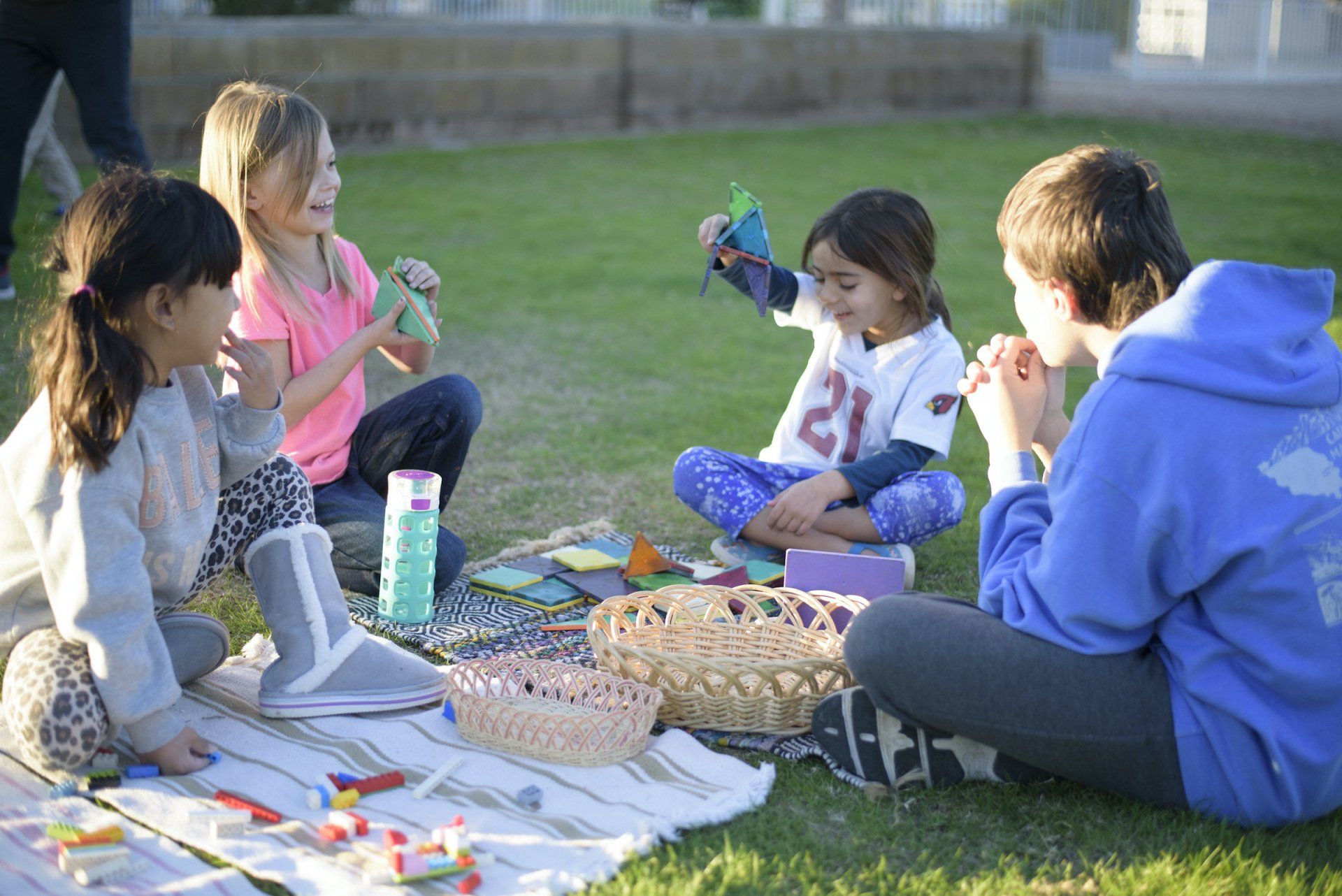
By Nido Marketing
•
December 2, 2020
Learning about the planes of development isn’t just for Montessori educators. Understanding your child’s development can help at home, too. The First Plane: birth-6 years During this stage children absorb everything like sponges. They are, indeed, excellent examples if what Montessori called ‘The Absorbent Mind.’ This is a time in which we are able to utilize what Montessori called sensitive periods of learning. While each child is different, there are typical patterns that emerge in regards to brain development and general readiness to learn particular skills. During the first three years of this plane, all learning is done outside of the child’s conscious mind. They learn by exploring their senses and interacting with their environment. During the second half of the plane, from about 3-6 years, children enter the conscious stage of learning. They learn by using their hands, and specialized materials in the Montessori classroom were developed with this consideration. During this time, children have a wonderful sense of order. They are methodical and can appreciate the many steps involved in practical life lessons in their classrooms. The organization of the works on their classroom shelves is intentional, which appeals again to this sense of order. The first plane is a time in which children proclaim, “I can do it myself”; it is a time of physical independence. The Second Plane: 6-12 years During the elementary years children begin to look outside themselves. They suddenly develop a strong desire to form peer groups. Previously, during the first plane, a child would be content to focus on their own work while sitting near others. In the second plane, a child is compelled to actually work with their friends. It is during this time that children are ready to learn about collaboration. During the second plane there is a sudden and marked period of physical growth. This may be a contributing factor to the observation that many children of this age seem to lack an awareness of their body, often bumping into things and knocking things over. Children begin to lose their teeth around this time as well. Their sense of order and neatness tend to fade a bit during this plane. Throughout the second plane, children’s imaginations are ignited. Since Montessori education is based in reality, we find ways to deliver real information to children through storytelling and other similar methods. For example, when teaching children about the beginnings of our universe, Montessori schools use what is called a Great Lesson. The first Great Lesson is a dramatic story, told to children with the use of props, experiments, and dramatics (think: a black balloon filled with glitter is popped to illustrate the Big Bang, with bits of paper in a dish of water used while talking about particles gathering together). This lesson is fascinating for children in the way it is presented, but gives them basic information about the solar system, states of matter, and other important concepts. Children in the second plane have a voracious appetite for information, and are often drawn strongly to what we in Montessori call the cultural subjects: science, history, and geography. While we support their rapid language and mathematical growth during this time, we are also responsible for providing them with a variety of rich cultural lessons and experiences. It is important to note that children develop a sense of moral justice at this time. They are very concerned with what is fair, and creating the rules to a new game is often as important (if not more so) than playing the actual game itself. This is the period of time in which children are striving for intellectual independence. The Third Plane: 12-18 The third plane of development encompasses the adolescent years. During the second plane, children become aware of social connections, but in the third plane they are critical. During this time children rely heavily on their relationships with their peers. They feel a strong desire to remain independent from adults, although they are not quite ready to do this entirely. It is our job to find ways that allow them to experiment with independence while also providing a safe structure in which they may do so. Children in the third plane tend to require more sleep, and they sleep later than when they were younger. They long for authentic learning experiences, and Dr. Montessori imagined just that. Her ideas of Erdkinder (children of the earth) led her to contemplate a school setting that would support children’s development during this time. She imagined a farm school, in which children would work to keep the farm operational, but also contribute to planning and decision making while doing so. During the third plane children are refining their moral compass while developing a stronger sense of responsibility. The Fourth Plane: 18-24 The final plane is a time in which young adults are striving for financial independence. They are often living away from home for the first time, and use this time to figure out where they fit into their society. Many make choices to further their education and/or explore career paths. It is during the fourth plane that people begin to develop a truer sense of who they are as individuals. Each plane of development should be mindfully nurtured. If a child is able to experience one developmental phase in a rich and carefully prepared environment, they are ready to fully take on the next phase when it is time.
OUR CAMPUSES
Escuela Montessori Del Valle
(915) 584-9215 or text us at (915) 241-0367
212 W. Sunset Road
El Paso, Texas 79922
Coronado Montessori
(915) 584-5073 or text us at (915) 241-0367
7011 Westwind Drive
El Paso, Texas 79912
We look forward to seeing you!
OUR PROGRAMS
Before and afterschool care offered as well
© 2025
El Paso Montessori Schools
© 2025
Escuela Montessori Schools
